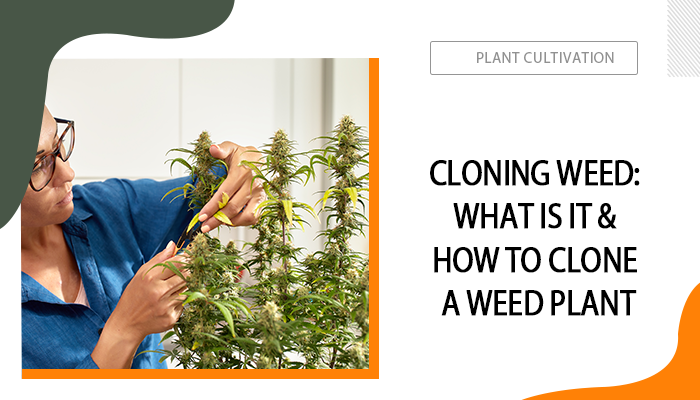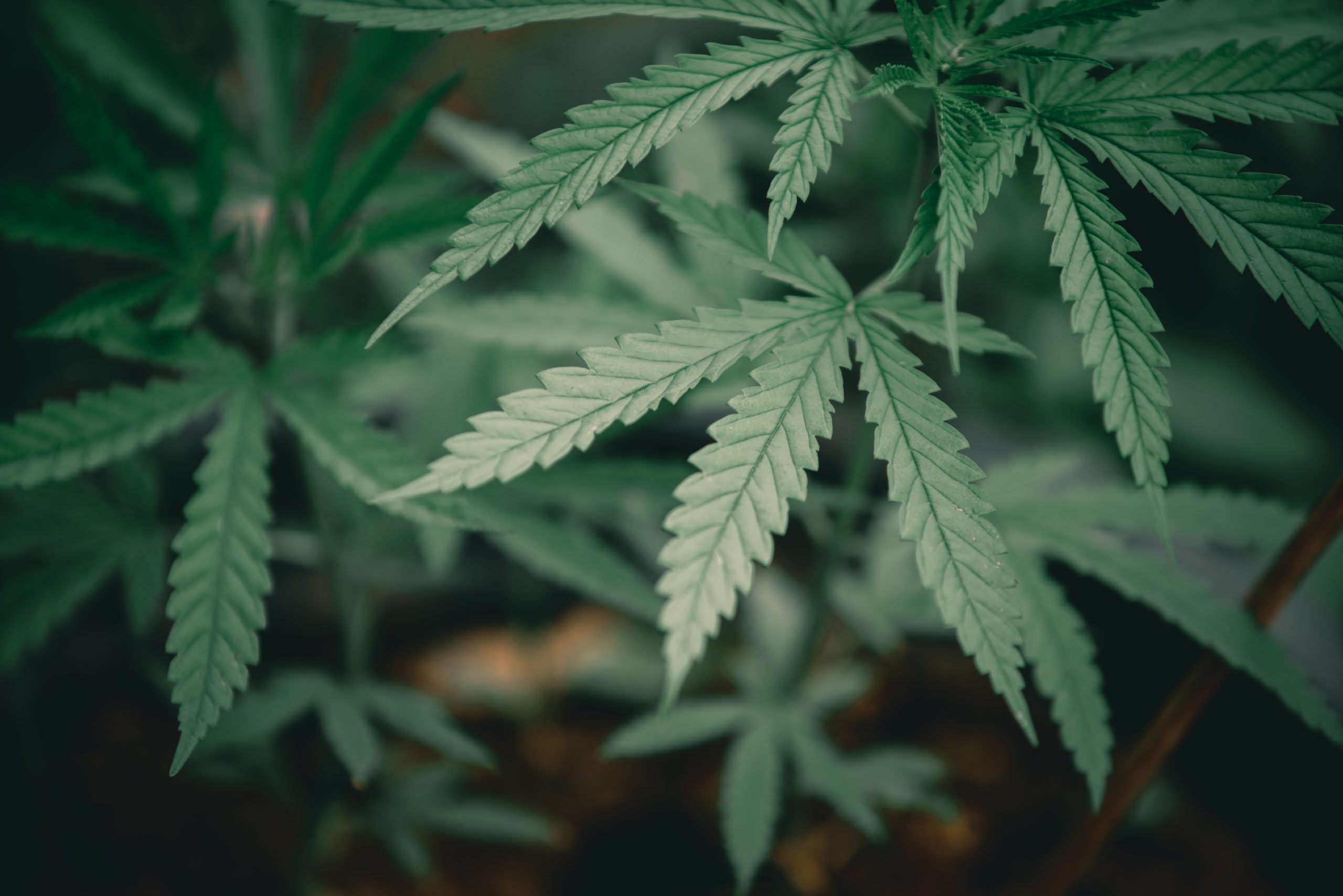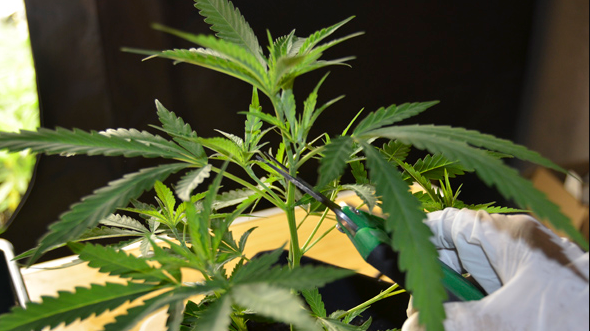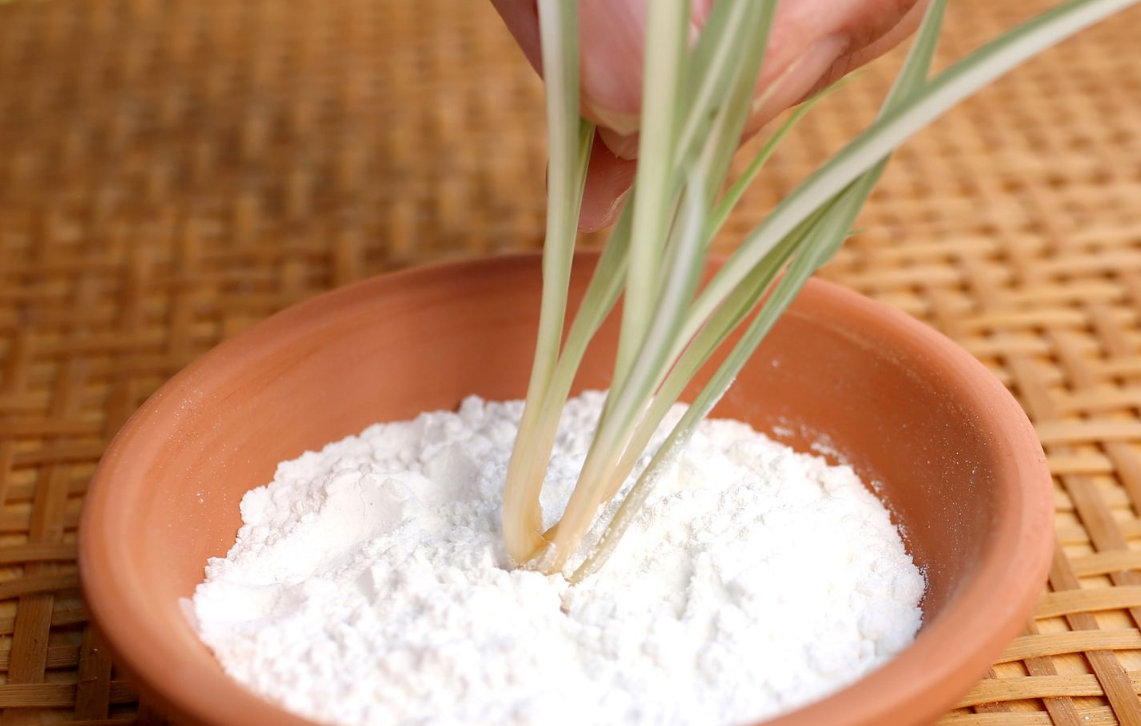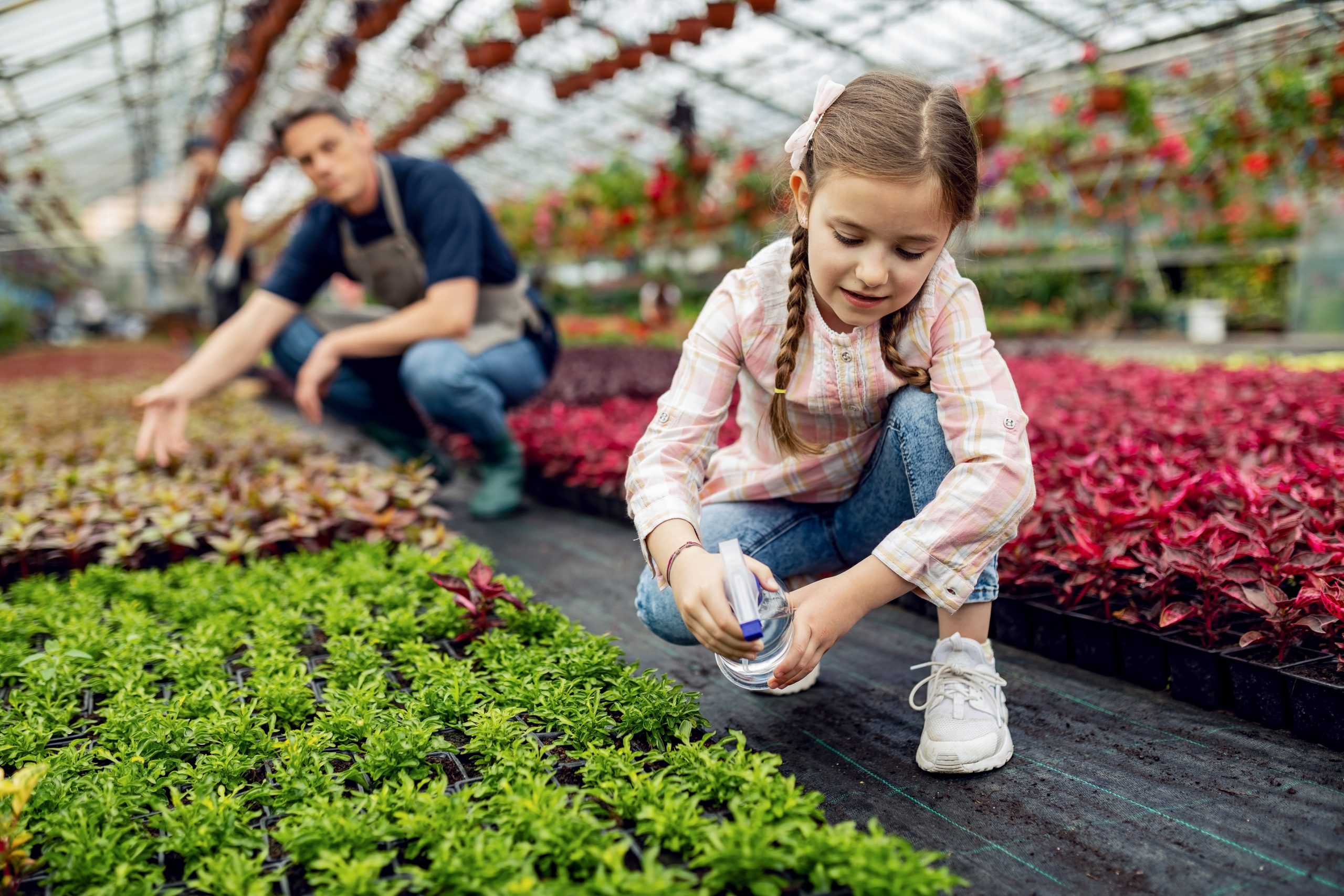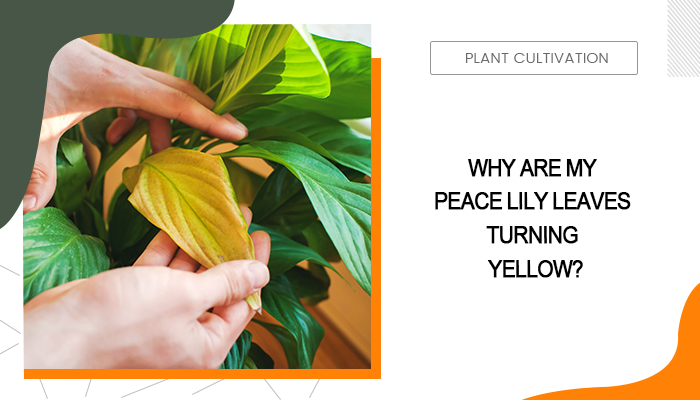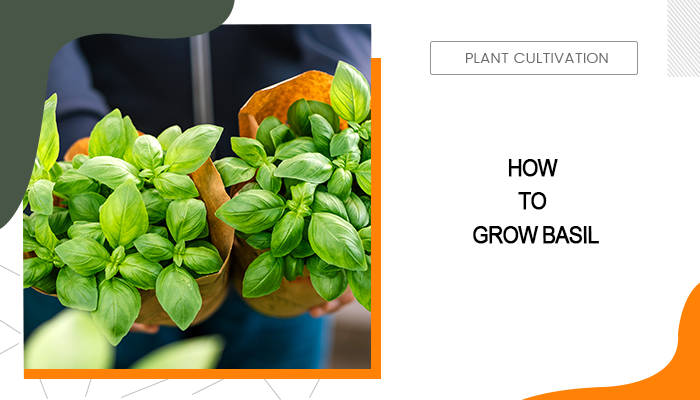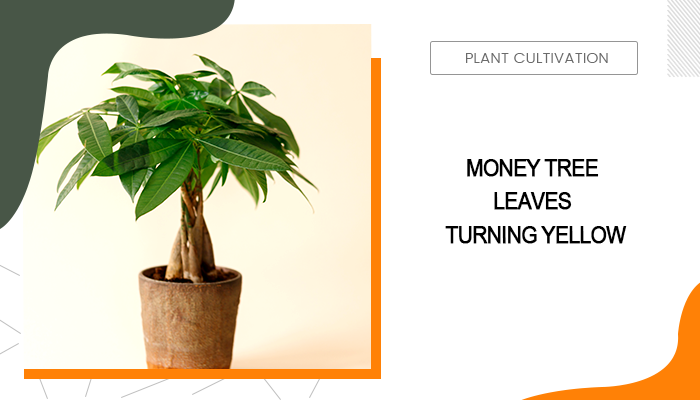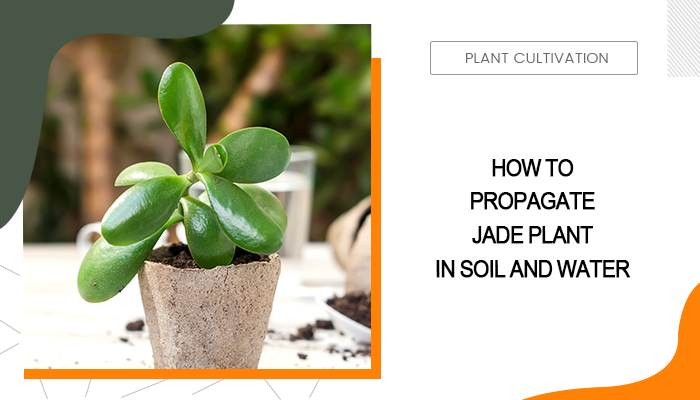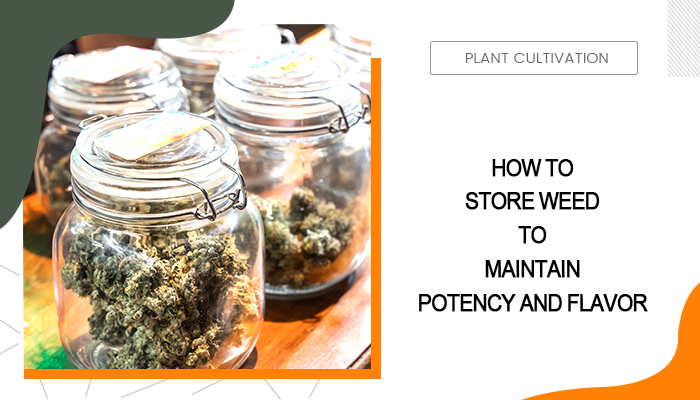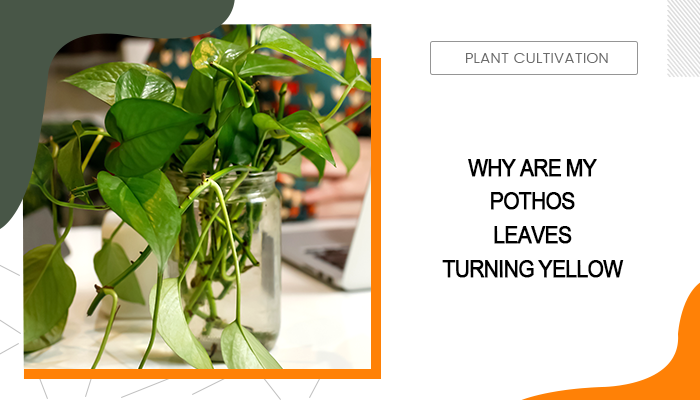How to Clone Marijuana Plants [Ultimate Guide]
Cloning is not something new, but what about cloning weed? Although some of you may have heard of it, chances are you are not quite sure about what cloning weed is and how to clone marijuana properly. Luckily, that’s what we are going to talk about in this passage, an all-in-one comprehensive guide on weed cloning, including what it is, and more importantly, how to clone a cannabis plant with a high success rate.
Table of Contents
What Is Marijuana Cloning
Unlike growing weed from seeds, cloning weed involves taking a cutting, typically a 6-inch branch, from a living marijuana plant, known as the mother plant. This cutting, or clone, possesses the same genetic makeup as the mother plant and has the potential to grow into a fully-fledged plant itself once placed in a cultivation medium. In this case, growers who want to preserve the desirable traits of the mother plants of a specific cannabis strain are capable of consistently producing clones.
Why Clone Cannabis Plants
Growing cannabis plants is tricky, starting from clones is much easier. Cannabis cloning will save you time because it requires time to root out but not to germinate seeds, which can shave off approximately a month from the stages of weed growth. Imagine you have a preference for certain cannabis mother plants, whether for their appearance, smell, or effects, and you can keep rooting them up by simply cloning without waiting for the seed germination, how awesome that would be.
Clones can also conserve space in your backyard. When growing weed from scratch, you need to plant multiple seeds first, then identify and remove the male cannabis plants or even hermie cannabis plants. What’s worse, some seeds may not germinate at all. With clones, you can focus solely on growing female marijuana plants, maximizing your garden's productivity.
Ultimate Guide to Cloning a Cannabis Plant
Cloning weed may sound complicated, but it’s actually quite easy to pull off. First things first, prepare all necessary tools.
Tools Required for Weed Cloning
Pruning Shears or Scissors: These are used to make clean cuts when taking clones from the mother plant.
Rooting Hormone: A rooting hormone, often available in the form of gel or powder, helps stimulate root growth in the clones.
Rooting Setup: Some basic rooting setup includes heat mat for plants, a humidity dome, a tray-cell insert, and seed starting trays.
Rooting Medium: Choose a nutrient-rich rooting medium, such as root cubes, peat pellets, or rock wool cubes, to provide stability and support for the clones during the rooting process.
Step 1. Select a Healthy Mother Plant
When selecting the plant you want to clone, choose a healthy, vigorous female cannabis plant that has been growing for at least a few months. It's important to ensure the plant has reached a mature stage with the necessary root structure for successful cloning. Commonly, cannabis plants during the vegetative stage are highly recommended. Avoid selecting cannabis seedlings, as they may not have developed the required root system.
Step 2. Sanitize Tools and Prepare the Cloning Environment
Clean and sanitize your pruning razors or scissors and set up your cloning area with all tools and equipment listed above to get ready for cloning weed.
Step 3. Take the Cutting
Select a straight branch from the mother plant with at least 3 nodes. Then make a clean 45-degree angled clean cut just below the third node. Aim for 6-inch clones, and remove any excess leaves, leaving a few at the top for photosynthesis. Even if it’s not for cloning weed, you can consider pruning to increase yield in your daily cannabis care.
Note: If you have to spend a great amount of time collecting the cuts, it’s suggested to place the cuts into the water to keep them hydrated and prevent fungus before dipping hormones.
Step 4. Dip the Cutting in Rooting Hormone
Dip the cut end of each clone into a rooting hormone quickly and ensure complete coverage of the cut area. By doing so, the cloning weed with cloning gel starts to produce root cells instead of regular green plant cells to stimulate root growth.
Step 5. Choose a Rooting Medium and Setup
To root your cannabis cuttings, start by moistening your chosen rooting medium, such as a rockwool cube, ensuring it's evenly damp. If rockwool isn't available, alternatives like potting soil or water (for hydroponics) can also work. Create a small hole in the medium, just enough to accommodate the cutting's stem.
Step 6. Plant the Clones in the Rooting Medium
Gently insert the marijuana clones, ensuring they stand upright, and secure them by pressing the medium around the stem. After that, you should mist the clones and their surrounding environment with water sprays to maintain humidity. You can further place a humidity dome or plastic wrap over the clones to create a humid environment for the first 48 hours.
Step 7. Provide Optimal Lighting
Maintain your cloned plants under gentle, low-intensity fluorescent lights, such as T8 or T12 bulbs, for 18 hours daily. Too much light is not a good idea now as it can cause the plants to stretch excessively between the nodes. Position the lights roughly 30 inches above the plants to ensure optimal growth without stress.
Step 8. Regularly Monitor Root Development
Theoretically, after a few weeks or about 10-14 days, you can check for root development by gently tugging the clones. If you feel resistance, roots have formed. If not, give them a bit more time. Once you sense the new growth in the form of roots, it’s time to transplant the seedlings.
Step 9. Transplanting Cloning Weed plants
Once the clones have developed sufficient roots, transplant them into pots or your desired growing medium. Treat them like mature plants, providing appropriate light with the help of LED grow lights, nutrients, and care.
Tips for Cloning Weed with a High Success Rate
Pick the Mother Plant at the Right Timing: Make sure to pick a cannabis strain that’s boosting during the vegetative stage. Either too mature or too underdeveloped is not a good idea.
Maintain Proper Conditions: Ensure the clones receive adequate light, maintain a temperature range of 72-78°F (22-26°C), and maintain humidity levels around 80%. Mist the clones and monitor the moisture levels in the rooting medium regularly.
Monitor and Adjust pH levels: Test the pH level of the water or nutrient solution you use to water the clones. Aim for a pH range of 5.5-6.5 for optimal nutrient uptake.
Choose the Right Lights: You need to be careful about lighting. Clones especially when taken fresh by a mother are sensitive to growing light. In high-intensity situations such as HID lighting, your plants will be destroyed by the flames. The optimal growing light is fluorescent. However, when cloned weed plants step into the vegetative stages, you may consider strong lighting from LED grow lights.
Verdict on Cloning Weed
Cloning weed involves taking cuttings from a healthy, mature female cannabis plant and cultivating them into new plants. This technique allows growers to replicate preferred traits and characteristics of the mother plant. By selecting the right mother plant and providing proper care, such as using rooting hormone and providing a suitable rooting medium, successful cloning is easier than you expect. Simply follow the tutorials above and manage your own cloning weed plants.
FAQs about Cloning Weed
Can I Clone Any Cannabis Strain?
Yes, you can clone almost any cannabis strain, whether it's an indica, sativa, or hybrid variety. However, keep in mind that some strains may be more challenging to clone due to their genetic makeup or specific growth characteristics.
How Long Does It Take for Clones to Root?
On average healthy plants, clones take around 10 to 14 days to develop roots. However, this timeframe can vary depending on various factors, including the strain, environmental conditions, and
Can I Clone a Clone?
Yes, it is possible to clone a cannabis clone again. Unfortunately, with each successive cloning, the genetic material in cannabis clones may degrade slightly, potentially leading to a decrease in vigor and overall plant development.


